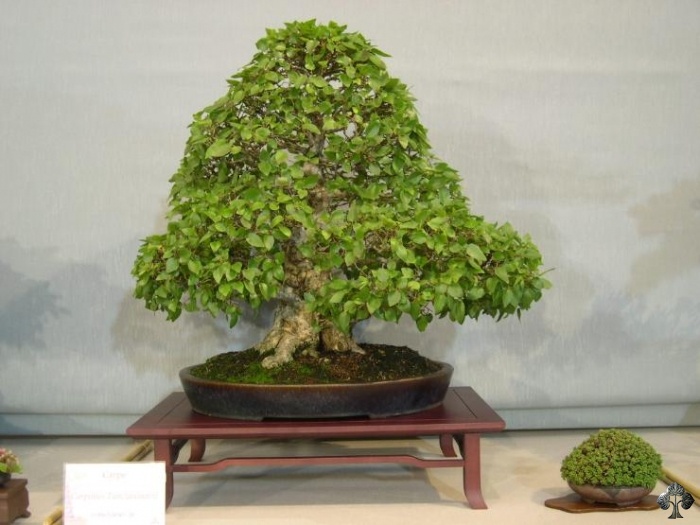 Hornbeam and Beech - Bonsai Empire
Hornbeam and Beech - Bonsai EmpireWelcome to My World of Bonsai! MenuCreate a beech forest BonsaiBeech are highly appreciated for bonsai due to its characteristic white bark, beautiful foliage, winter hardness and easy training. There are several species of Japanese native beech. Japanese beech, Fagus crenata is the most commonly trained species for bonsai in Japan. The specimens close to Mount Fuji are especially valued due to its small thick foliage. The American beech, Fagus grandifolia, has a rather large fine foliage and often grows specimens collected for bonsai. The European Beech, Fagus sylvatica, is trained for bonsai in Europe and spectacular bonsai are created from thick and collected trees. In the European Beech of the United States, and its many cultivars are commonly used in the landscape for different colored foliages or unusual growth patterns. These cultivars are usually grafted into European beech seedlings, so they are a stock of very grown nurseries. The normal size of the European beech leaf is a little bigger than the Japanese beech. Although individual seedlings vary in size and leaf character, the European beech mostly has a thick leather foliage, which quickly reduces its size. The Whitish bark develops quickly in about six to ten years. A few weeks ago I received a babysitting offer for European beech seed seal transplants from one to two feet with low branching for hedges. The European beech is often used for coverage in Europe and old farms in the United States. The offer sounded great and 150 sample trees were ordered. They were destined for individual tree workshops for my next year's Bonsai Introductor course. Upon arrival, after inspection, the branching was not ideal for a single bonsai tree, but excellent for the forests. She was very excited about the shapes of the new plants and immediately created five European beech forests of different designs. Only some of the seed transplants were selected for a single bonsai trunk. Since I was working alone, I did not take the time to photograph the process of creating a forest bonsai. The five forests went great and have the possibility of becoming future fine bonsai, so I asked for another 100 seed transplants to make another forest with a friend photographing the creative process. The seedlings arrived last week, but I didn't have the opportunity to create the forest because I was preparing for my new MasterClass Classical Bonsai. Three of the four students arrived a day earlier to leave their bonsai and since my preparations were complete, I took the opportunity to create the beech forest in Europe, while I presented a private demonstration lesson for the three early arrival students. The first step in creating a forest, rock plantation or any bonsai is to prepare all the material ahead of time: trees, containers, wire, soil, tools and moss. I like oval containers for forest plantations because they have no hard corners to use aesthetically. The hollow containers are the best without prominent feet. A flat foot is better than the clouded feet to provide a solid visual anchor. Beech is a deciduo species and personally prefer an outer lip due to flat foliage. Although the non-glazed containers can be shown throughout the year, I have selected an old Japanese container from Tokoname from Suishoen Heikisui Kiln. This container has been used for several bonsai in my garden for the last 30 years and has history. When selecting the container I was thinking about the respect and came up another interesting article on the subject. Instead of taking time and space here the theme will be in a next blog post, or magazine article. After selecting the container, note that has been cleaned inside, but shows the antiquity, the drain screen is placed on the holes. Although almost everyone who grows bonsai takes the time to secure the drain screen on the holes to avoid the movement when filled with short copper wire parts, I don't. I have learned through decades of experience that it takes time to make and insert the wire and it is easier and cheaper for me to simply use a larger piece of drain screen on the holes. When I urinate my bonsai, usually most holes have copper wire to tie the tree in the pot. If they are carefully positioned, they will keep the drain screen moving. However, for this forest bonsai (most for demonstration purposes) in addition to using a greater part of the drain screen, I added small copper wire clips. Copper wire was used to hold the trees in the container, many of them. It is better to have too many cables than not enough, although the additional wire can always be added to secure stubborn trees that want to move. A small layer of thick lower soil was placed in the container, which deviates until later. The delivery box of the seed transplants opened out of where the sunlight was brilliant, a rarity in Rochester this year. Each group of ten trees was cut and each tree was studied. Once again, some specimens had proper forms for individual bonsai, while others were classified into large, medium and small sizes. They were classified by diameters of the trunk, not heights, because they can be easily cut or raised high, but the trunk thicknesses are more difficult to change. The classified seedlings were taken to the study and the rotten root. The long and heavy roots were cut immediately. Sometimes the seedlings will develop two root systems and the bottom is often eliminated. But, it is important to study all roots, sometimes higher roots are eliminated because the lower-level root system has a better distribution or finer roots. They are young deciduo seedlings that are vigorous, especially at this time of year. They don't need a large number of roots at this stage. Most of the higher growth will be shortened after positioning. One of the advantages of using young seedlings is that they can be placed closer than specimens in pots with a larger root system. Once again, after the root pruning, the trees were graduated and placed in three groups: large, medium and small. The basic design of a forest bonsai is created by the position of the largest trees. If a larger tree is not available, two trees can be planted together to appear as a large specimen or the tree can be planted a little higher in the container. After carefully placing the trees in the container, the soil was added around the roots to prevent the trunks from falling, remember, they do not have many roots. A small amount of water from a hand sprayer will add weight to the ground to help stabilize the trees. In addition, often two or more trees are tied together at the base of the trunks. And temporary wire is usually used in the upper sections of the trees to prevent trees from moving. Then additional medium-sized trees are used around the larger specimens that work towards the edge of the container. First position the trees for the movement of the similar trunk, taking into account any small branching that the trunks could have. Ideally the branches must be positioned to grow out of the forest, not inside. Normally do not taste the heights or remove the inner branch until after the forest is finished. Please note that the trunks were not connected at this time. If necessary, they can be wired or refined during the summer or even the best of next year. I have learned, in the difficult way, that if you only connect one or two trees, they will look so good that you continue and eventually wire all the trunks. So, either wiring all or none of the trunks right now. A distant vision design will be used for this forest bonsai due to all the lovely similar seedlings. The main tree is located towards the center of the composition and beauty of the bonsai is found with the delicate branch of the trees will develop. Finally the smaller trees are added to the group. I also looked through some of the European beech seedling packages we mailed for even smaller trees. This forest had four different sizes of seedlings to present a wider range of calibers and heights of the trunk. After enough trees were added to present a pleasant forest that were secured using copper wires inserted through drainage holes. I never counted the number of individual trees in this forest. The real number is not important because the normal human eye cannot easily count more than eight trees at the same time in a forest plantation. Basically, what I was aiming at is to have most of the largest trunks around the main tree on the right and position them closer than the other trees near the smaller trunks on the left. The wires run through the plantation and are tied with a wire plier, ensuring that both ends of the wire are twisted together at the same time. The ends are not cut to the end, as they are often useful to tie each other to gain additional support. The soil is added and placed carefully around the roots. The next wet green moss is applied in small pieces first around each base of the trunk. It is gently pressed on dry soil to ensure the positioning of the trunk. By doing this, each trunk adjusts again and can even be rotated for better viewing from the front. The whole moss is placed next to the other without lagoons to keep the trees in position. Once the moss has been planted completely, the trees are cut. First the height of forest bonsai is established, as well as the sides. Then all the other trees are cut to different heights, considering the heaviest trunks ideally should be higher than the thin trunks. When adjusting the heights of the tree, branches of inner growth are removed. Trees may still be slightly positioned at this stage of development. It is important to remember that when the plantation is completely planted it is only the beginning of its development for a future forest bonsai. After completing the plantation the wire at the bottom of the container is twisted to block the plants in the final positioning. They must not move. Small additional pieces of thin wire can be added to the tops of the trees to prevent them from moving. The plantation is watered from the top with water and Supertrive until cleared through the lower drainage holes. Then it is placed in a sunny area, out of the wind until new shoots grow. These are the identical techniques and theories I teach when I present educational programs around the world. My next Group Planning Seminar will be held on Saturday, 5 April 2014 in Rochester, New York. Share this:Thus: Post navigation A Thought on "Create a Bonsai Beech Forest" Pingback: You must post a comment. Valavanis BonsaiInternational BonsaiFollow Blog via Email Enter your email address to follow this blog and receive notifications of new posts by email. Join 1,780 other subscribers E-mail address Blog Stats ARCHIVESFLAG COUNTER
SearchHere is an American I picked up this spring. Go to the page It took a while, but his finally beginning to grow... he picked it up late marching, and now that's his growth seems to be growing fast. You may have to invest in some kanuma when the time of repot comes, as Judy mentioned his bees knees for the beech. Anyway, he's got a little juggling and a good base that's buried, I think he's got potential. I'm sure she eventually gets some branches more at other angles and down at the trunk. any entry into this tree would be appreciated. There's not much to say about it right now, apart from your life. Although the growth of the initial extension in the American beech grows quickly. Once the shots stop after three, four or five leaves, there is S-T-O-P. Am only has one growth flush a year. They can be forced to push more leaves, but only if you hard plum in old wood, that activates more resting shoots. That's the secret of turning one into a bonsai. Allowing the tree to grow unhindered for a season, then rot hard in old wood or years to force more ramification. Good luck with yours. I had one for years. Very slow takes some patience. I had one for years. Very slow takes some patience. I live relatively close, in the upper area of Chesapeake Bay. What time of year would I recommend to pick up an Am. Beech? Are they so hard to work? Any recommendations to pick up? This... Beech is the white deciduo pine, very slow. I have 5 American peaks and you have to be with them and patient while they take time. I love them as unique but you need to know how they grow up. Good luck since that's not a lot of growth to hold the tree. I had one to do this and then mix and die. Anyway, he's got a little juggling and a good base that's buried, I think he's got potential. . I live relatively close, in the upper area of Chesapeake Bay. What time of year would I recommend to pick up an Am. Beech? Are they so hard to work? Any recommendations to pick up? Thanks rock was the gallows that you were going to squeeze me with a little knowledge. I remember Zach had one for sale recently, maybe last year.. said he didn't touch her for 6 years and had like 3 branches on it if I remember, lol. I've seen some pretty here that seemed to start from similar principles like this, so I hope I could eventually make a good tree out of it. your curiosity that sprouted from the top of the shot, and not out of the trunk, okay? Come on, they're not the white pine! Back off! I was worried about that last statement. august is a strange time for the deciduous to be the initial growth.. waiting for you to have time to harden and establish the next few years friends. As for growth.. this is my first, although I have been studying in the forest for a couple season, I have 2 or 3 marked for the collection next year.. this had zero preparation of the collection. Takin a page of judys book, will get it in a mix of kanuma, and not fertilize until the buds have been removed. In addition, I will only water this with fish tank water or rainwater, and try to use organic ferrets, or I should say limit salted chemical ferrets to a minimum. I'd say it's a good idea to prepare the roots of America Made the previous year, however I didn't do that with this, too, beech is one of the last to set aside, so you can escape with a later collection, it's well known I think collecting it well before breaking the outbreak. It is also said that the beech benefits from michoriza, so it was advised a naked hsa root, however this was about 80% of naked root. I used a mixture of about 70/30/10 pumice, DE, tree tone for this mixture, it is known that they are an acid love tree, so it is suggested kanuma, and PH is important. It's not unusual to have such a high outbreak. Sometimes it happens. Usually a good thing, since it means that the trunk is alive at the top and will give you more space to work with. It also means you're gonna have to work to get lower shoots to push. I'd let the leader grow up for at least two years to get some dough, and then cut it back to just one inch. That will probably stimulate the shoots below in the trunk. Of course you might be lucky and those lower shoots will be pushed on their own, but that's not likely. Working with yours for a while, and you'll see why this one in the National Arb is so big - even if it looks like something simple. Ramification like that takes a long time. Its leaves are also only 1/4 to 1/5 the full size beech size But is this a species? But is this a species? Don't you know what 1000% means? woah! That's good. Thanks, I think it's a good plan. When should I start using Harry Harrinton's beech branching method? Year after the chop leader? Go to the page Thread starter Similar Hilos Forum Replies Date 11 23 June 2017 1 Friday at 10:48 AM 8 Apr 1, 2021 4 Mar 19, 2021 10 Mar 19, 2021 Similar Hilos

Creating A Beech Forest Bonsai – Valavanis Bonsai Blog
Beech Bonsai Progression
Bonsai Tree Histories: Beech Bonsai Case History (fagus sylvatica)
NIBS - Beech Bonsai for Winter Display - YouTube
Beech Bonsai Progression
Bonsai 30 European Beech - YouTube
Copper Beech Bonsai Tree For Sale (fagus sylvatica 'purpurea') | Bonsai Tree Gardener
American Beech Anyone? - Bonsai South
Prize Wining Beech Bonsai – Stone Lantern
American Beech — Bonsai Blog — National Bonsai Foundation
beech | Bonsai Bark | Bonsai tree, Bonsai tree types, Bonsai art
American beech (Fagus grandifolia) collecting and as bonsai | Bonsai Nut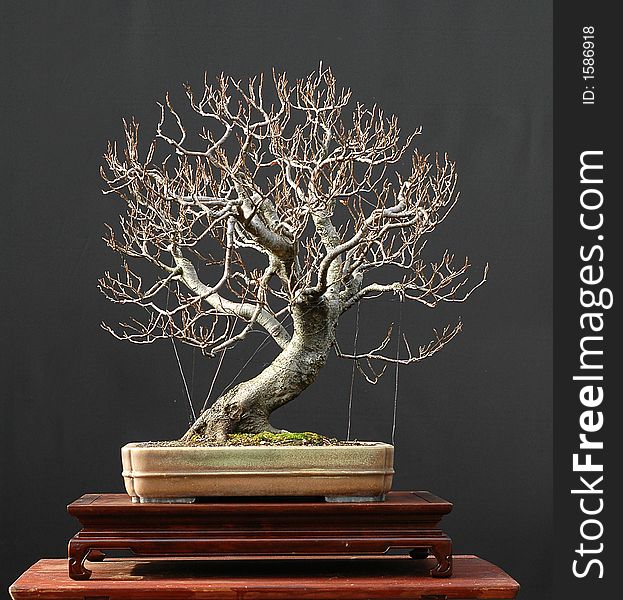
European Beech Bonsai, Winter Silhouette - Free Stock Images & Photos - 1586918 | StockFreeImages.com
My biggest bonsai purchase yet - European Beech : Bonsai
Bonsai Beech Tree High Resolution Stock Photography and Images - Alamy
Copper Beech http://bonsaieejit.com/blog/ | Bonsai, Bonsai tree, Copper beech
Beech Bonsai Progression
Common European Beech Bonsai Tree (Fagus sylvatica) at Don… | Flickr
Beech Bonsai Tree - Bonsai Sanctum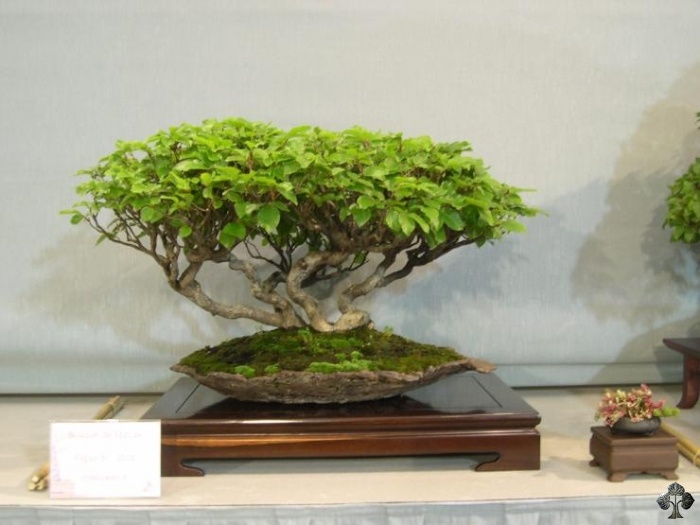
Hornbeam and Beech - Bonsai Empire
Bonsai Tree Histories: Beech Bonsai Case History (fagus sylvatica)
Beech bonsai tree, fagus sylvatica, isolated on white Stock Photo - Alamy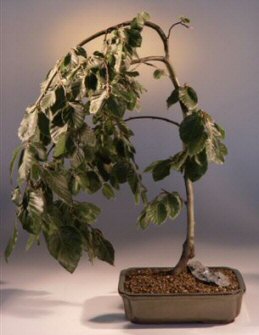
Weeping Copper Beech Bonsai Tree(fagus sylvatica 'purpurea pendula')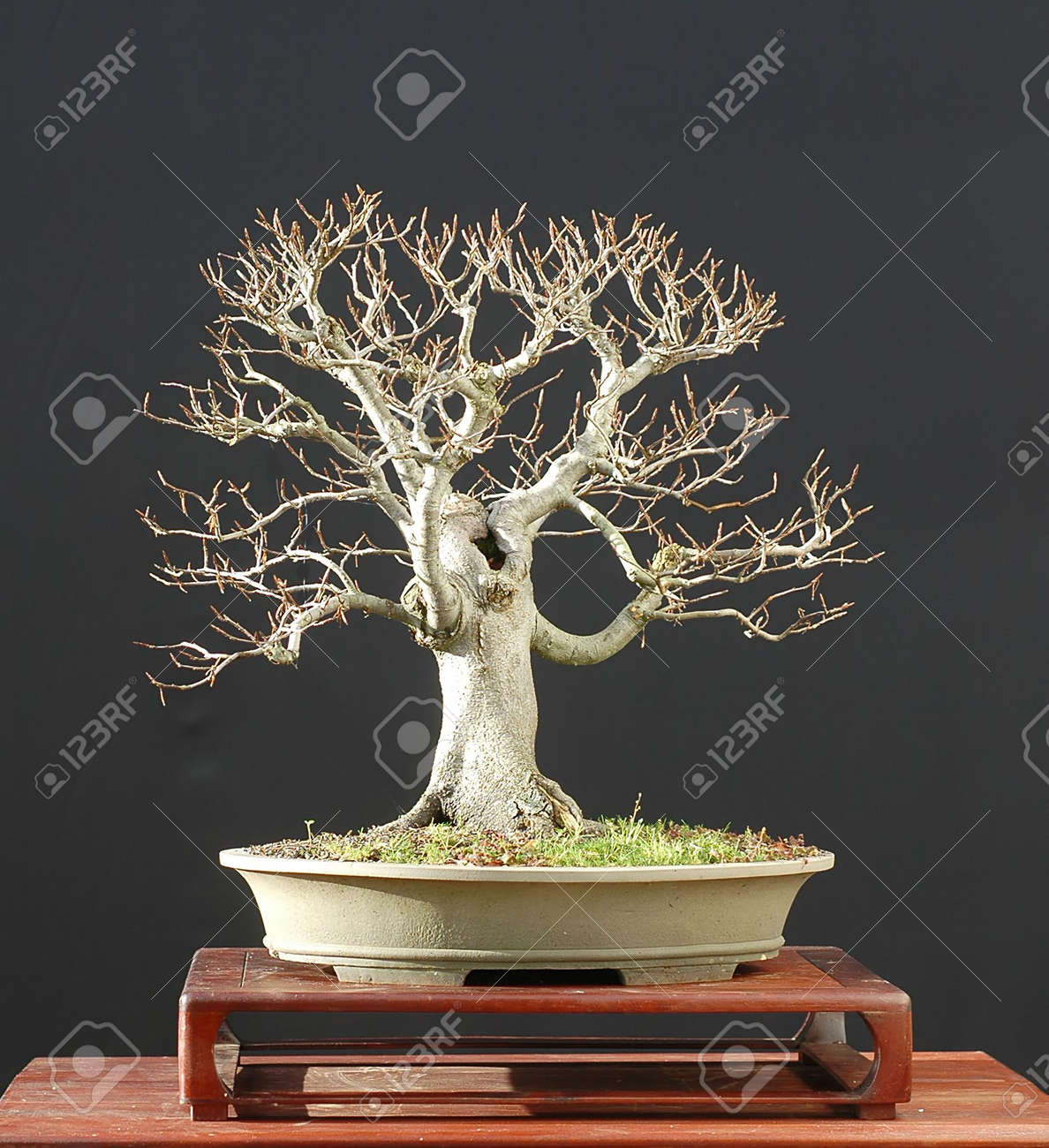
European Beech, Fagus Sylvatica, Bonsai Stock Photo, Picture And Royalty Free Image. Image 694742.
Bonsai Eejit | Bonsai, Bonsai tree, Bonzai tree
Beech Bonsai Progression
Tree 1: Common Beech
beech | Bonsai Iterate
American Beech — Bonsai Blog — National Bonsai Foundation
Beech Bonsai - Fagus sylvatica. 30 years of cultivation by Armando Dal Col - YouTube
Fagus sylvatica 2/ European beech | Bonsai Nut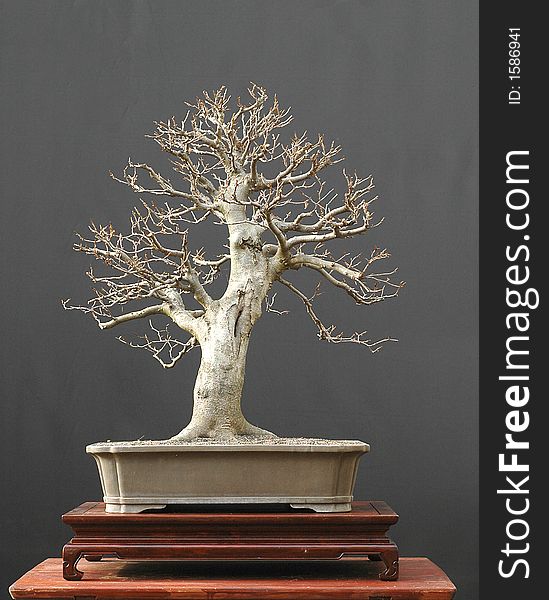
European Beech Bonsai, Winter Silhouette - Free Stock Images & Photos - 1586941 | StockFreeImages.com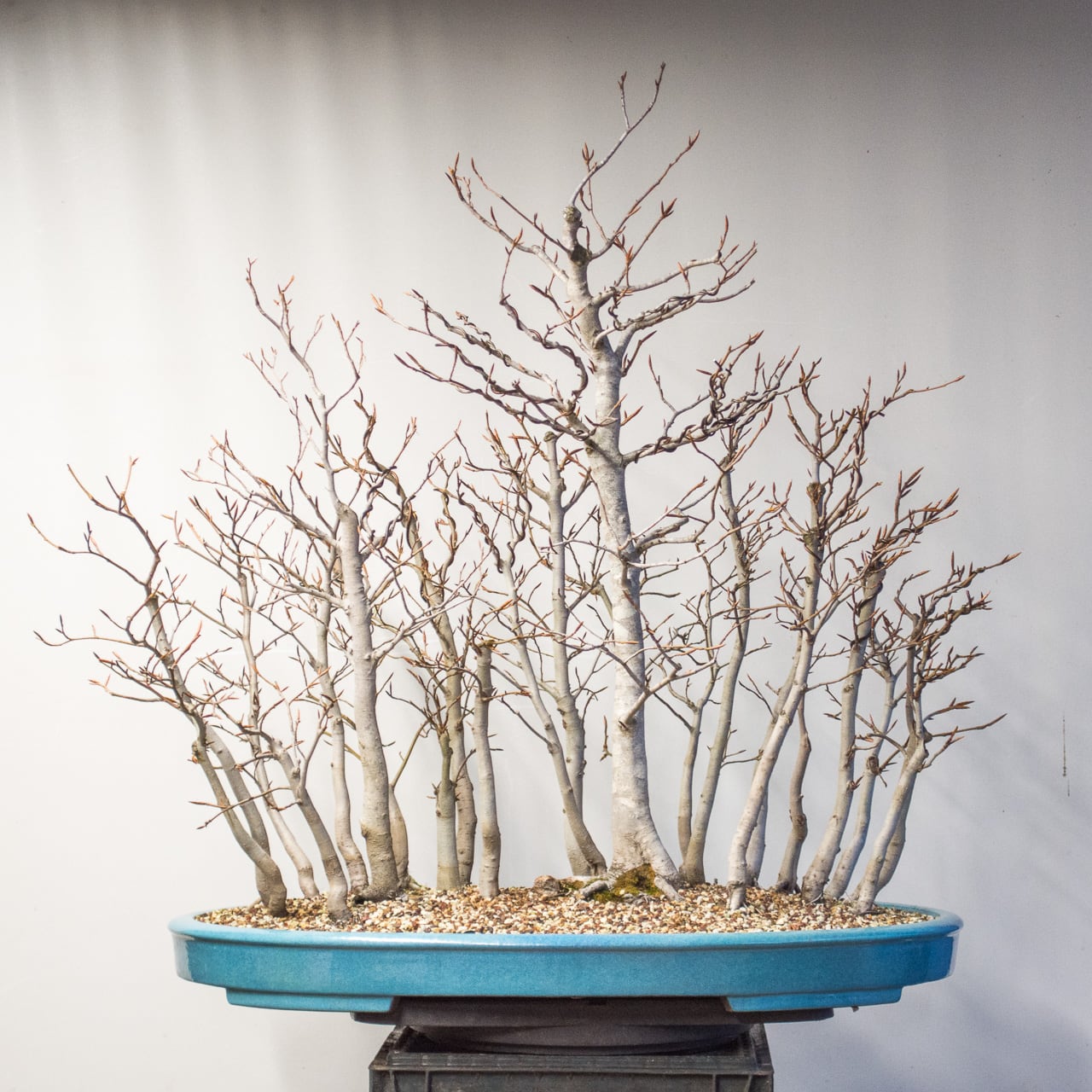
Cleaning up a Japanese beech forest - Bonsai Tonight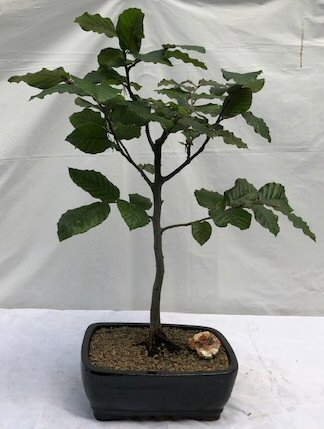
European Beech Bonsai Tree(fagus sylvatica)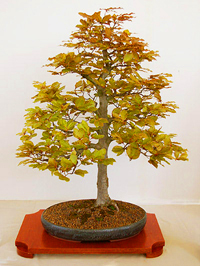
Copper Beech Bonsai Tree – Chinese Bonsai Garden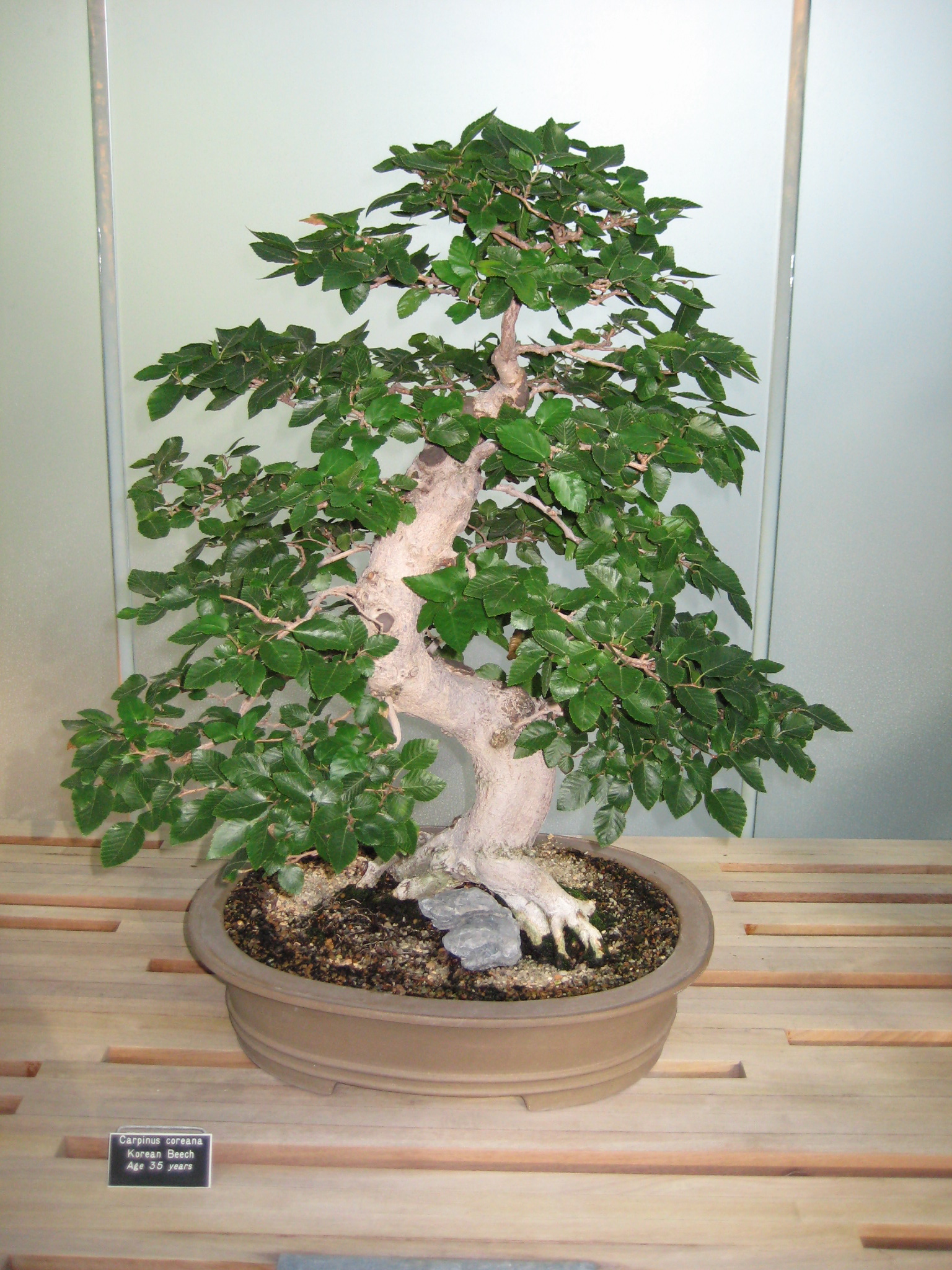
File:Korean Beech Bonsai Tree.jpg - Wikimedia Commons
Beech bonsai (Fagus) - 60×95 cm - Netherlands - Catawiki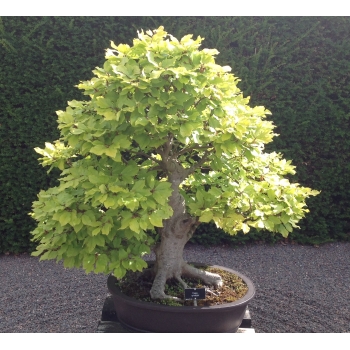
Specimen English Beech Bonsai | Herons Bonsai Nursery![Fagus sylvatica/European Beech Bonsai]()
Fagus sylvatica/European Beech Bonsai" Greeting Card by HarryHarrington | Redbubble
Creating A Beech Forest Bonsai – Valavanis Bonsai Blog
 Hornbeam and Beech - Bonsai Empire
Hornbeam and Beech - Bonsai Empire































Post a Comment for "beech bonsai"